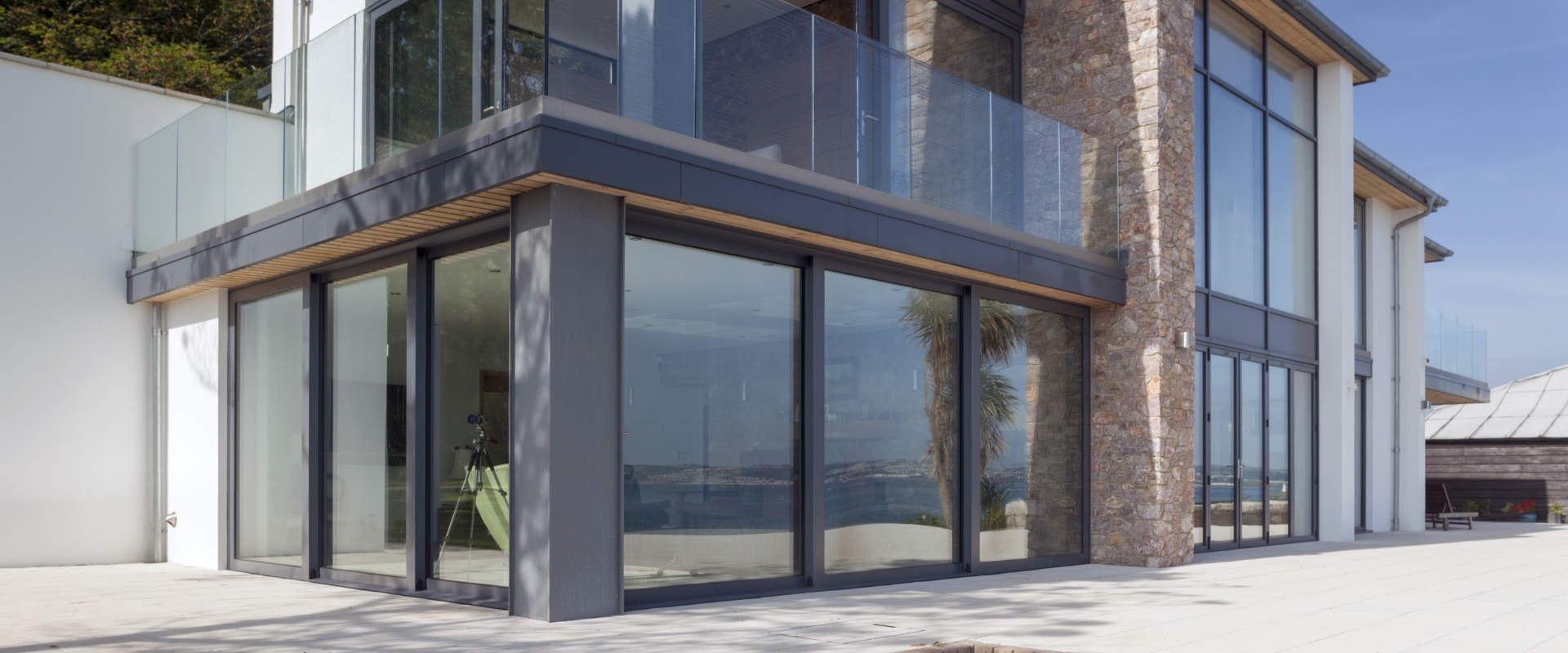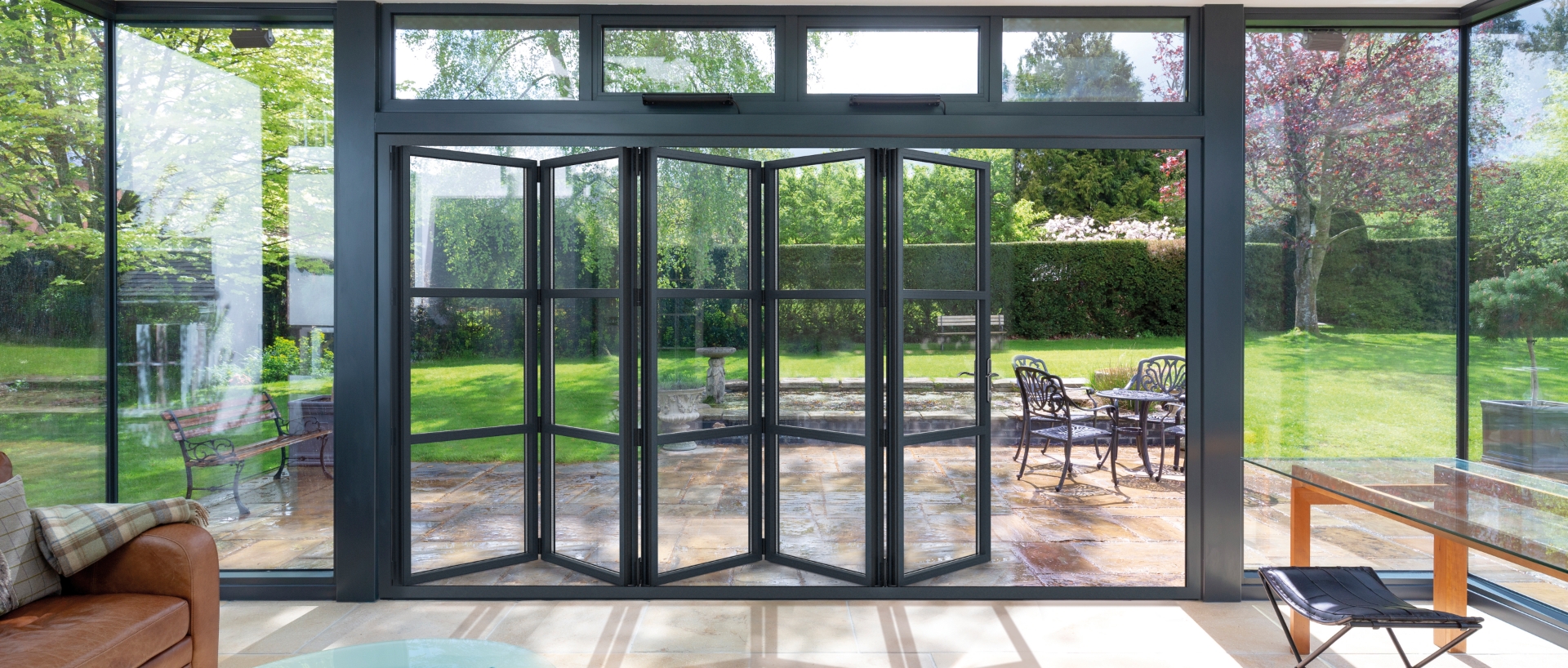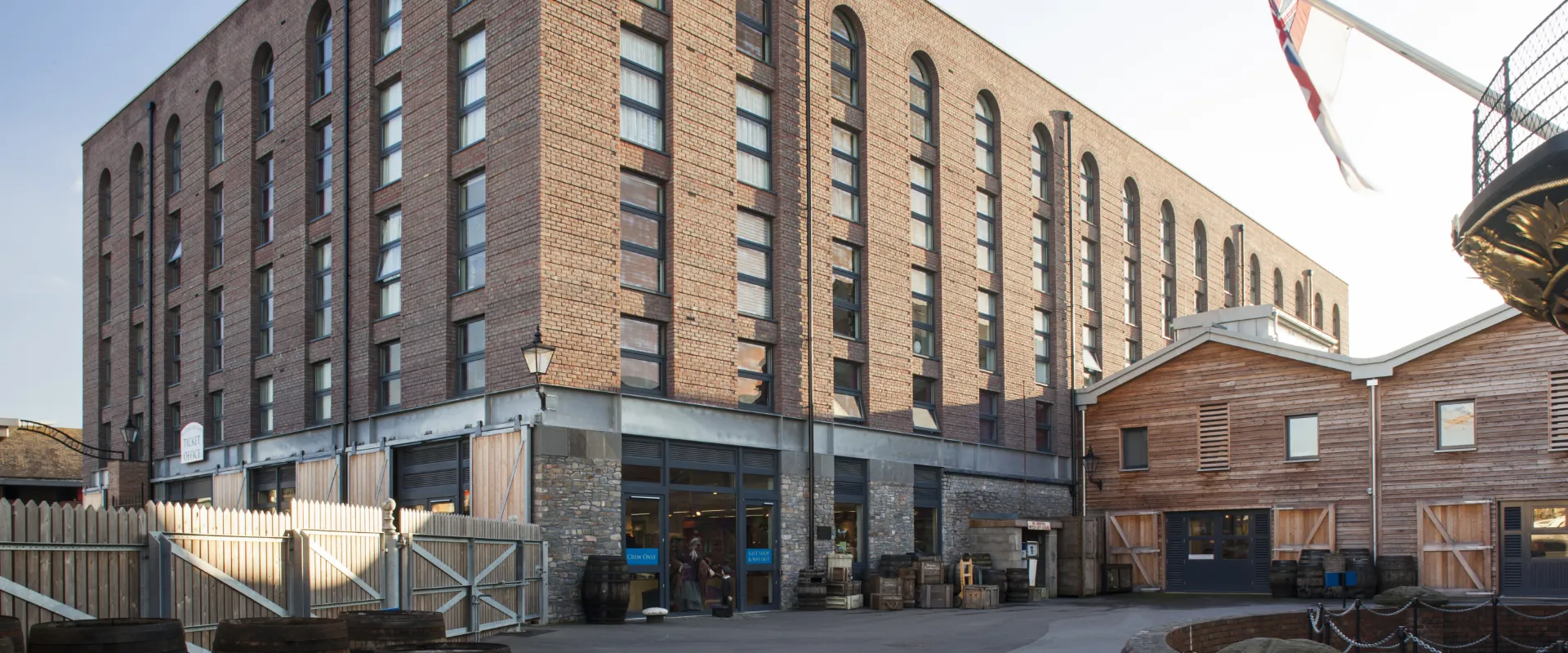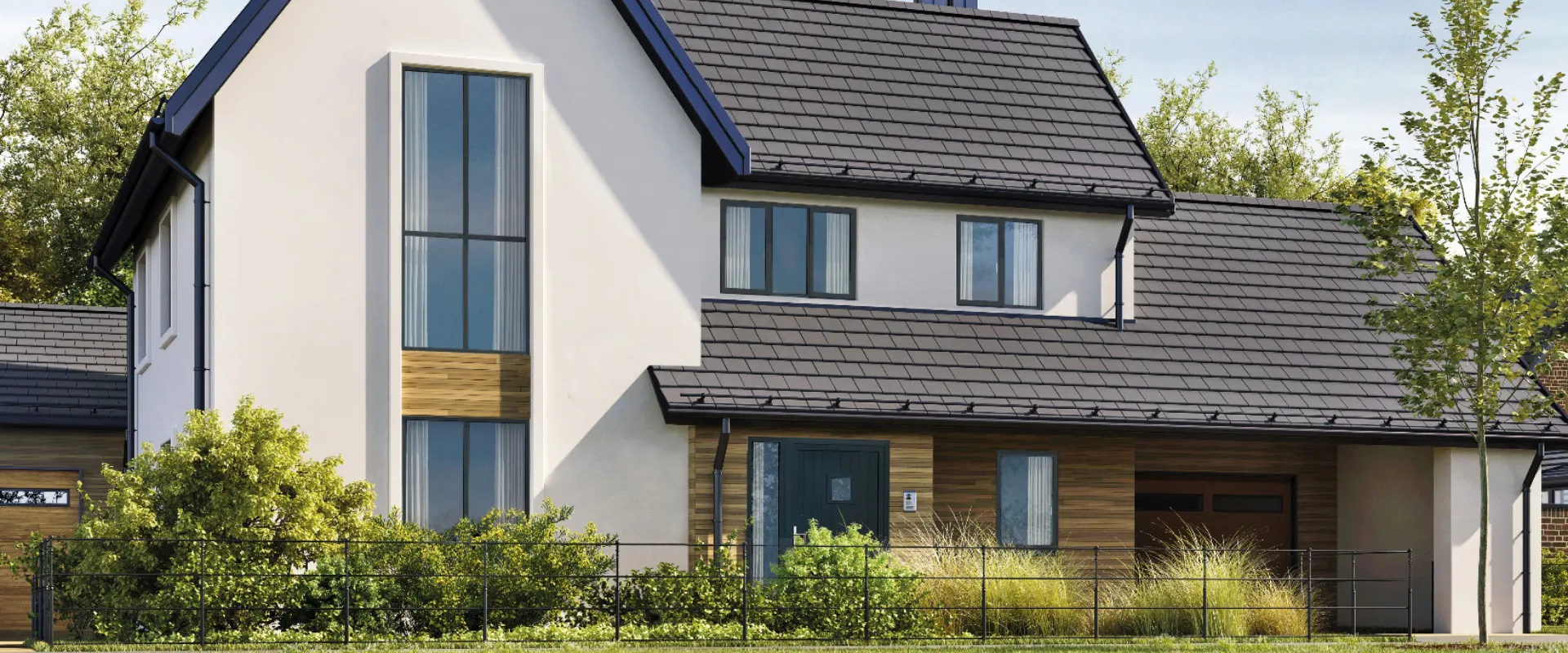The material you choose for fenestration frames plays a critical role in both performance and appearance. In the design and architecture world, aluminium, uPVC, and timber are the most commonly considered options.
In this blog, we explore the key differences between these three materials and explain why choosing BDC’s commercial Aluminium products can add lasting value to your next project.
Aluminium vs Timber vs uPVC: Which Window and Door Material Lasts the Longest?
Selecting the right material for doors and windows is essential for long-term performance. Here’s how timber, uPVC, and aluminium compare:
Timber offers a classic appearance and natural strength but requires regular maintenance to protect against weather damage, rot, and decay. With proper care, it can last over 30 years, but this involves ongoing upkeep.
uPVC is affordable and resistant to rot, but it can discolour and become brittle over time. It typically lasts between 20 and 25 years, making it suitable for short-to medium-term use, though less ideal for long-term durability.
Aluminium stands out for its strength, resilience, and low maintenance. It resists warping, corrosion, and general wear, and can last 40 years or more with minimal care. Its durability and clean, modern appearance make it the premium choice for a wide range of projects.
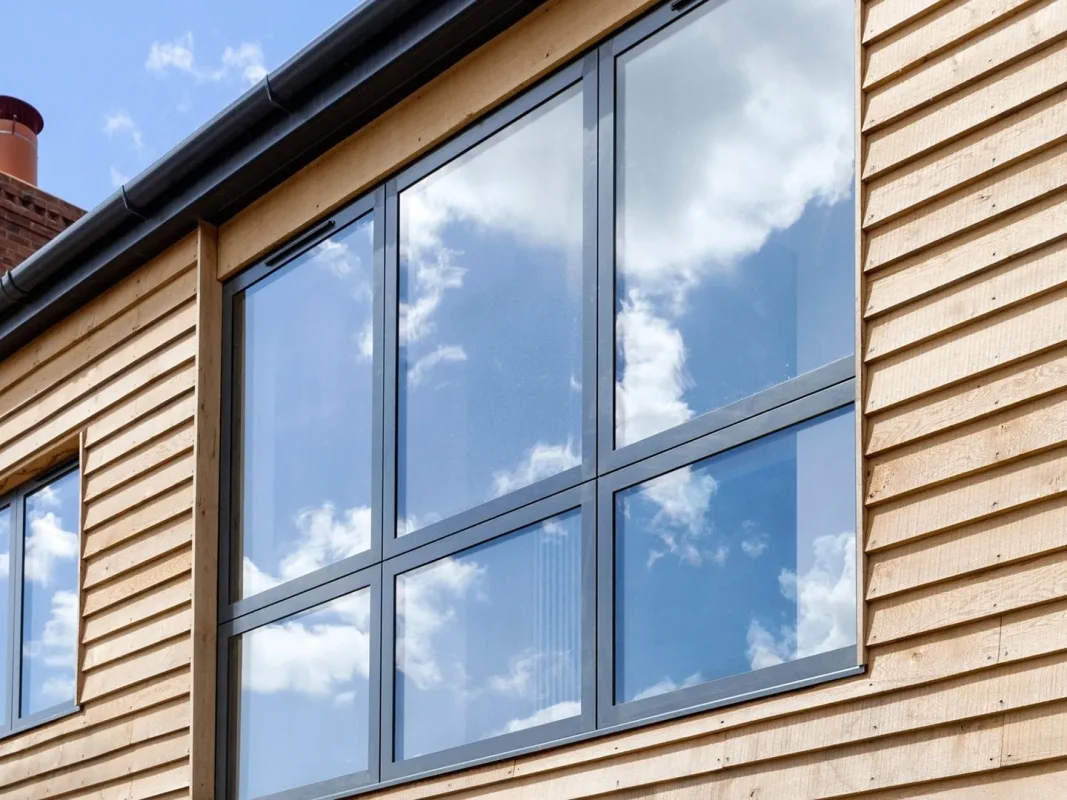
Best Fenestration Material for Energy Efficiency
Thermal performance is a key factor when selecting frames, as it affects both energy use and indoor comfort throughout the year.
Timber is a natural insulator and performs well thermally, although its efficiency can vary depending on build quality and maintenance.
uPVC offers reliable thermal performance at a lower cost and can achieve low U-values. However, it may not maintain consistent performance over time compared to higher-end materials.
Aluminium has improved significantly with the introduction of thermal break technology. Modern BDC Aluminium door and window systems can now achieve U-values of 1.4 or lower, meeting building regulations while offering strength, style, and excellent energy efficiency.

Window and Door Frame Design: Timber, uPVC, or Aluminium?
The frame material plays a major role in the visual style and adaptability of a project. Each option brings its own design characteristics.
Timber delivers a warm, traditional appearance and is well suited to heritage-style homes. It can be painted or stained, but offers limited flexibility in terms of shape and scale.
uPVC is available in various colours and woodgrain effects. However, it often lacks the refined finish and structural versatility of premium materials, especially for larger or more modern applications.
Aluminium provides sleek, slimline profiles that complement both traditional and contemporary architecture. With a wide selection of powder-coated colours, including dual-colour options, aluminium offers unmatched design flexibility. Its strength also supports larger glazed areas with minimal framing, creating bright, open spaces with a clean, modern finish.
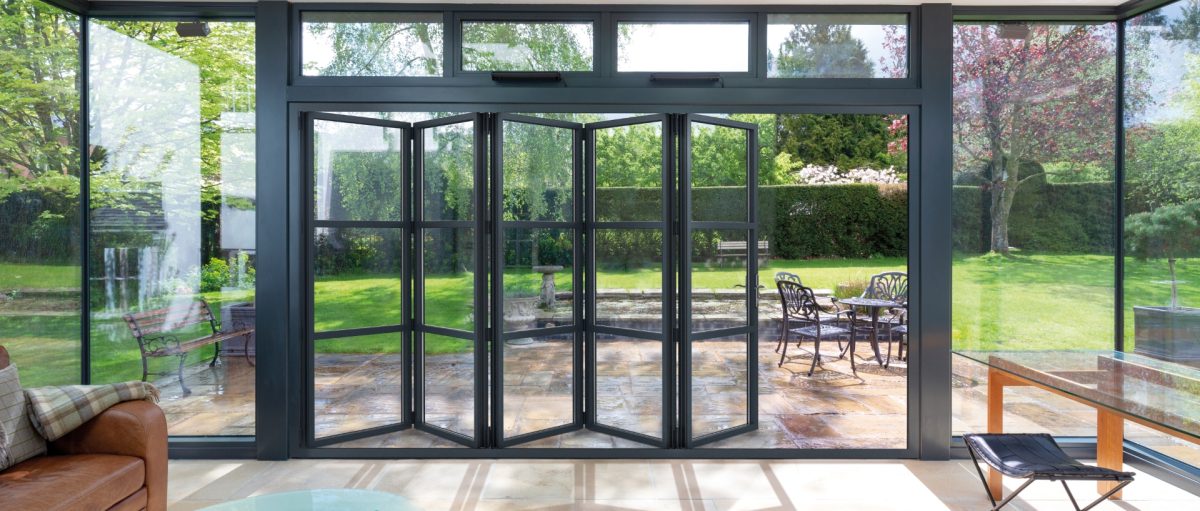
Installer Advantages: Low Maintenance and Larger Margins
Aluminium does not just benefit the homeowner. It also provides clear advantages for installers.
It requires little to no ongoing maintenance. Unlike timber, it does not need repainting or sealing. And unlike uPVC, it holds up far better over time, reducing the chances of callbacks or follow-up work.
Most importantly, aluminium offers the potential for larger margins. Because of its strength, frames can be made bigger and support wider openings. This allows for more impactful installations, more glass, and a higher value per project. The result is increased profitability for installers without added complexity.
Choosing our aluminium front doors, windows or internal products means choosing premium products that perform well, look great, and generate better returns. Partner with BDC Aluminium and deliver lasting quality to your clients while growing your business with every job.
Contact us today at sales@bdcaluminium.co.uk or call on 01245 474747 to discuss applying for an account with us.
